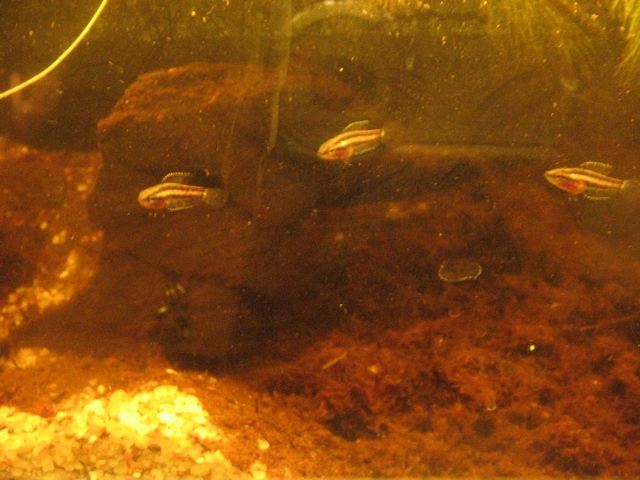The beginning: difficult at first, then rapid growth

Before the age of the internet, all attempts – which were started around the mid-seventies of the 20th century- to form a group out of the few experts and breeders of licorice gouramis (Foersch, Harvey, Richter, etc.) were bound to fail. Expenses and costs were too high; the number of experts too low. At the time of Günter Kopic’s major breeding success during the eighties and nineties it was often not easy for him to hand over his young fish to well-qualified aquarists. The internet was in a very early stage. Since Peter Finke took over the ”Forum Parosphromenus” in 2003 and the Licorice Gourami working group in 2004, the situation has changed. Internet and e-mail enabled the establishment of a wide Parosphromenus-Network, which was then founded in 2005 by Peter Finke and Martin Hallman and included 17 addresses from 3 countries (Germany, Switzerland, France). From the beginning, a half-yearly census was in the focus of the work, providing an overview about the existing aquarium stock.
This network developed rapidly and very positively in the following years and soon exceeded the boundaries of the founding association (IGL). However, later the growth decreasedafter an initial rapid increase of members (keepers, breeders, experts, influencers) in this increasingly international group, but nevertheless kept on growing. Five years later, in summer 2010, it included 170 people in 15 countries on three continents (mainly Europe, but also Asia and America) At the same time, the number of species kept and bred increased from an initial 11 to 18, including all already described species. Almost every year, further newly-discovered forms extended the pool, so in 2010 almost 50 forms (species and local varieties) were available as live stock. In parallel, the Parosphromenus forum developed very well, starting with few topics and contributions in 2005 to more than 170 themes and 3.500 posts in 2010. It has been repeatedly praised for its quality and has been read in England, Scandinavia, Eastern Europe, Malaysia, Indonesia and Japan, although most of the contributions were available only in the German language.
Nevertheless, there were signs that it would not be possible to continue this way. The sole volunteer organiser was threatened more and more by overburdening, many members were individuals in distant countries which could hardly be approached via German language or which belonged to other organisations. Networking with non-European friends or organisations was poor; also here language barriers hindered the breakthrough. More and more Parosphromenus species and forms had to be reproduced and kept in the stock by too few breeders. A number of forms, only present in smallest aquarium populations, began to disappear. The project needed a renewal, a tough reorganisation.
These were signs that – despite the early success – the project had to be lifted to a new, wider and more professional basis.
(HS)

